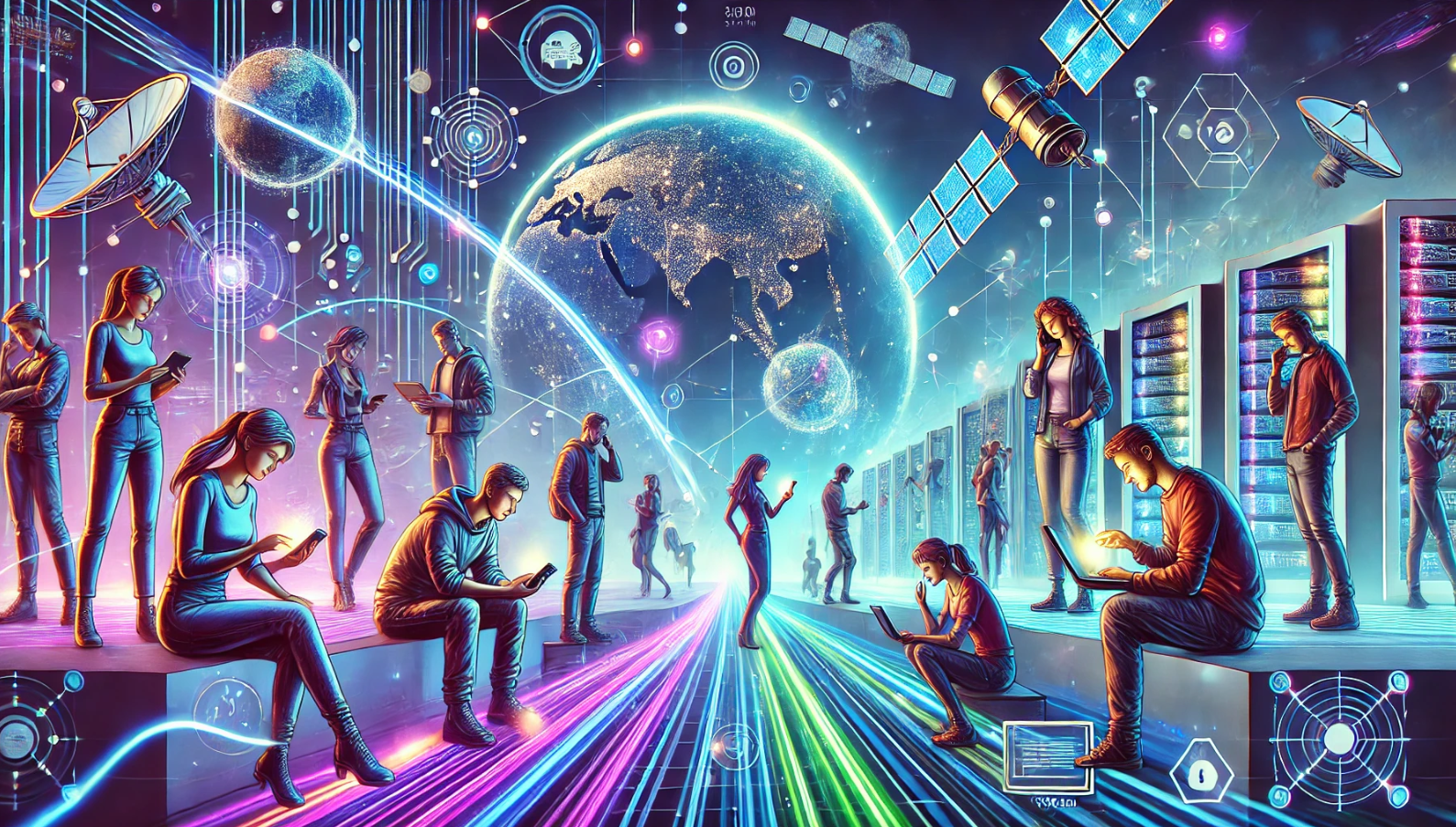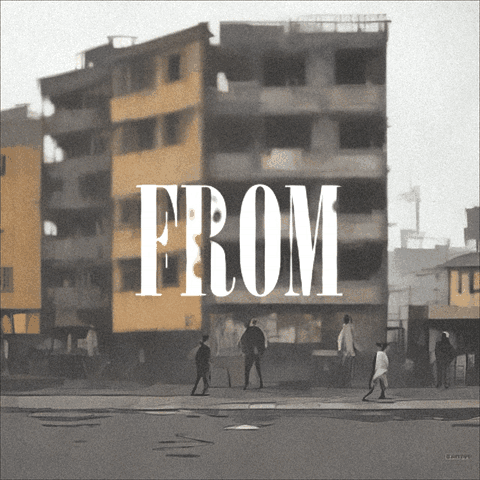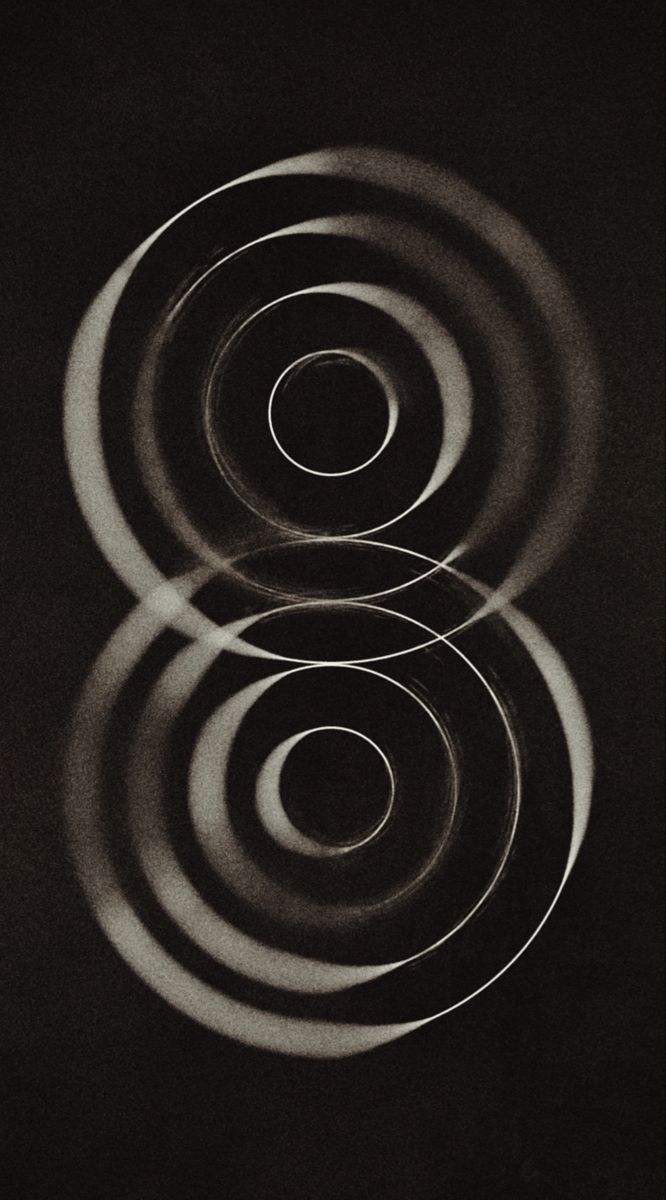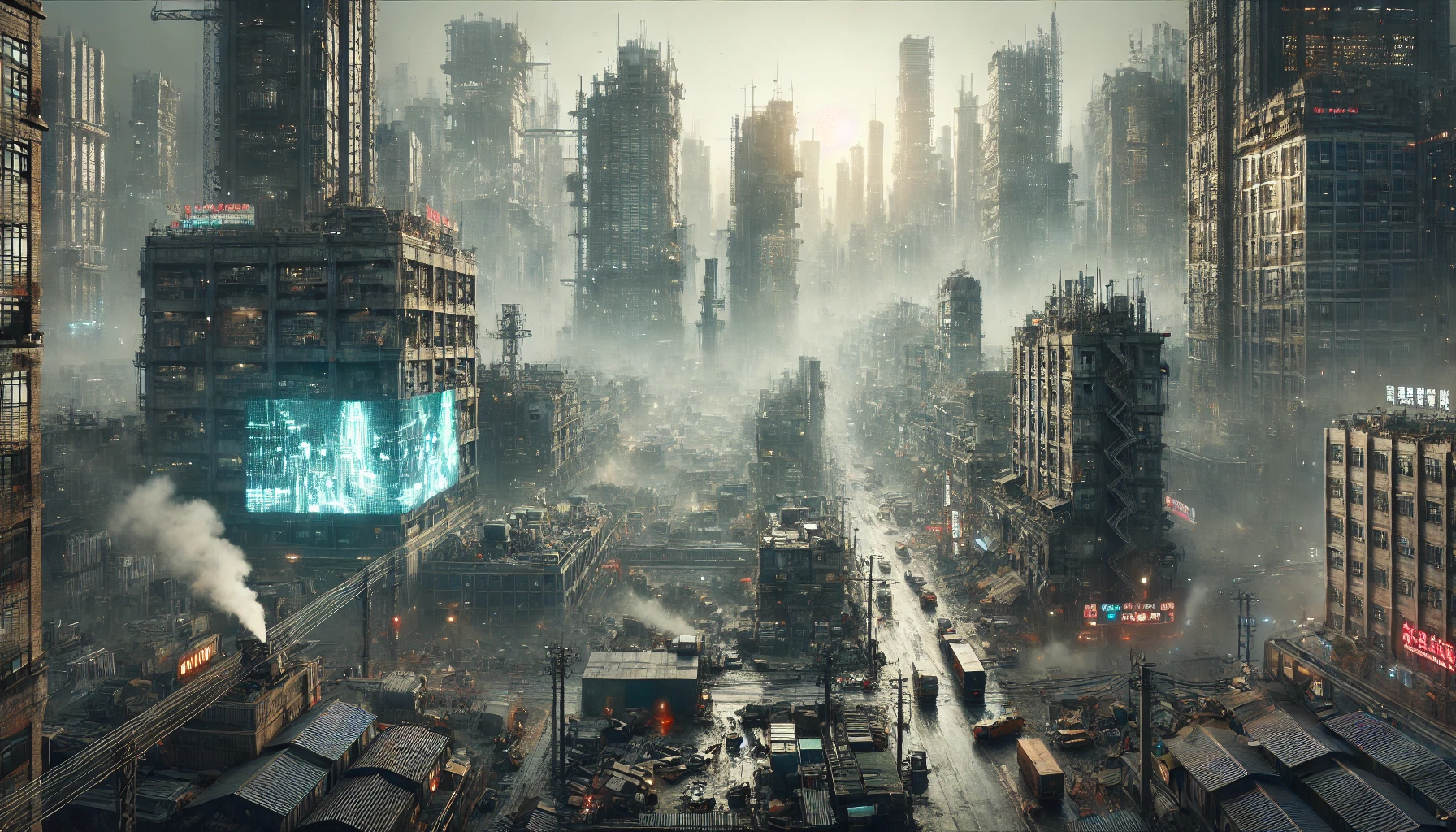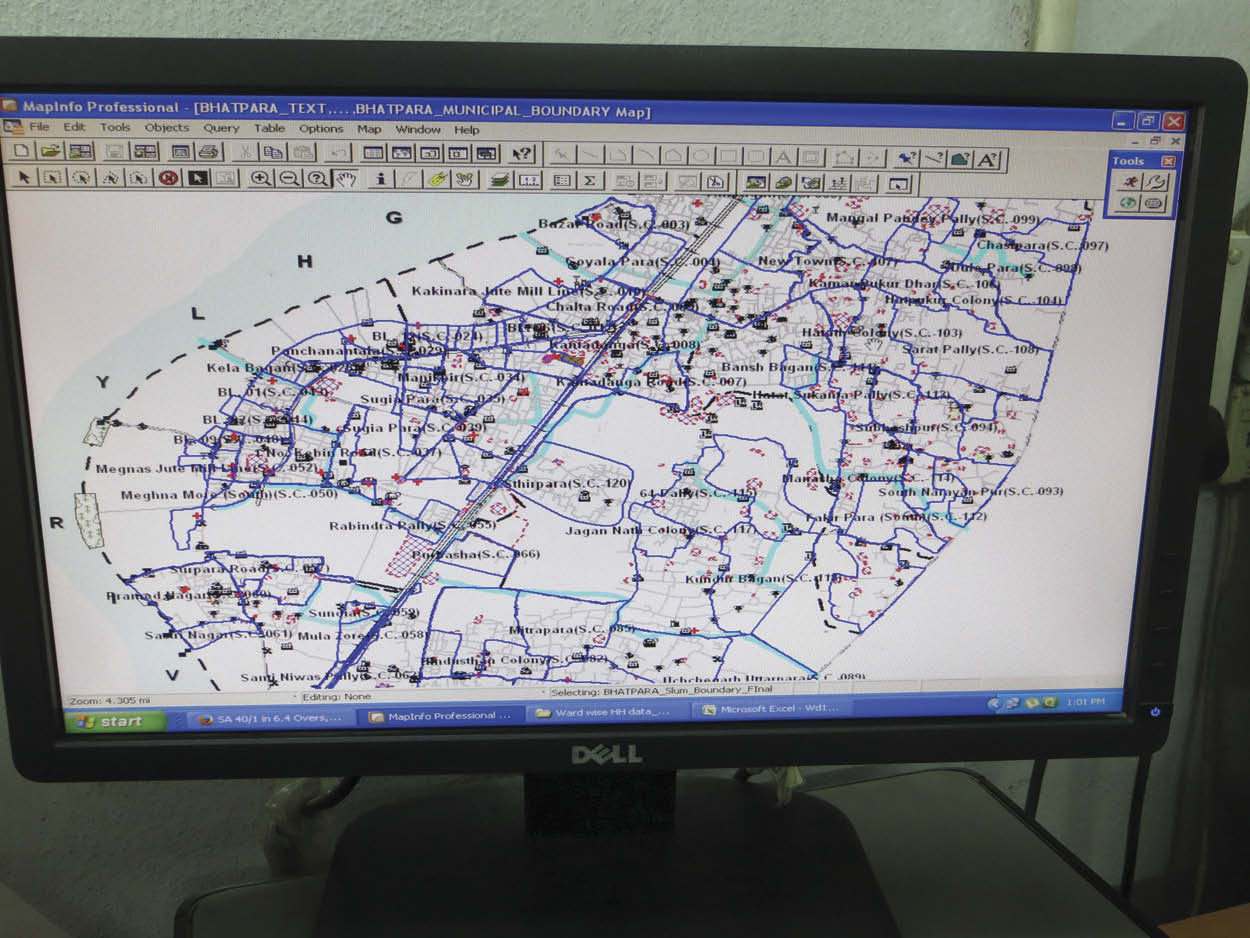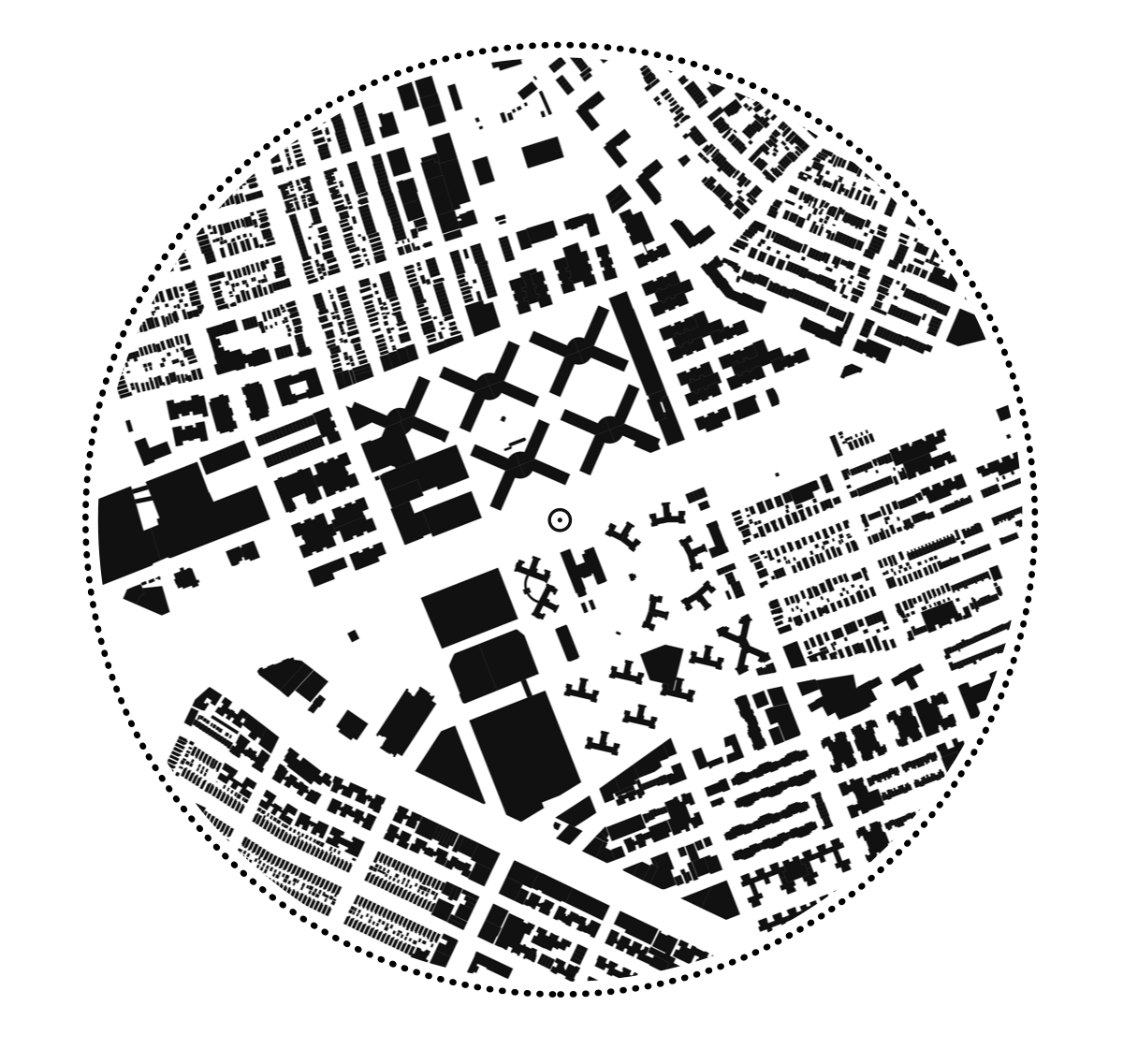Designing Futures: Exploring Digital Cultures in a Climate Emergency
This course examined the interplay of ecological, cultural, and digital transformations amidst a climate emergency, emphasizing the need to prioritize cultural over economic value. It explored how language shapes perceptions of technology, the hidden environmental costs of digital infrastructures, and the biases embedded in AI systems. Addressing the prevalence of misinformation, it highlighted the role … Read more


